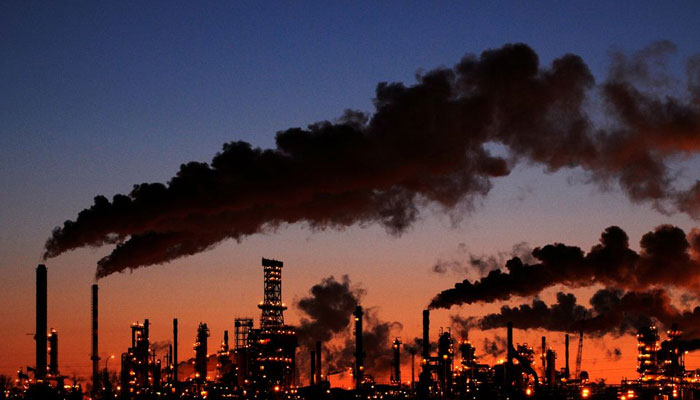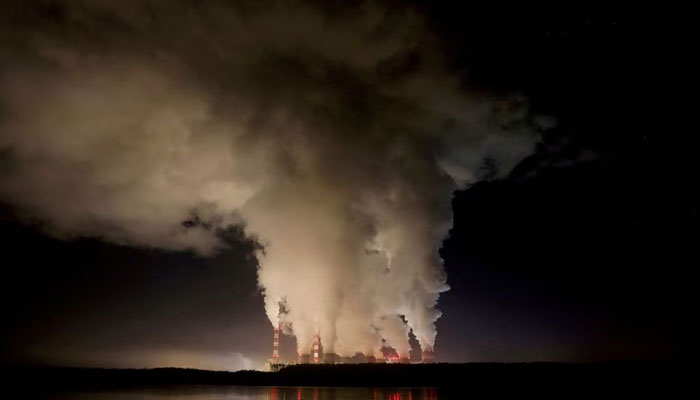Researchers raise alarm, predict world may breach 1.5C threshold by 2027
Breaching 1.5 ceiling means that world would become warmer than it was when there were no fossil fuel emissions
May 17, 2023

Scientists have made a disastrous prediction in which they said that our already heated world will likely breach the temperature ceiling of 1.5 degrees Celcius for the first time in 2027.
The researchers have said that the temperature is increasing due to the surge in carbon emissions from human activities.
Breaching the 1.5 ceiling means that the world would become warmer than it was when there were no fossil fuel emissions during the second half of the 19th century.

The emissions started as industrialisation began.
The 1.5C has been the main agenda of climate negotiations among world leaders. Under Paris Agreement 2015, countries concurred to bar their emissions to prevent the temperature from rising.
If the world were to see the temperature increase to 1.5C for a decade, there would be an adverse impact on world climate with longer heatwaves, severe weather conditions and wildfires.
Scientists have said that there is still time left to limit the emissions.
The World Meteorological Organisation (WMO), since 2020 has been putting forth that the world could touch the ceiling any time in a year or two. However, they also said back then that there was less than a 20% chance that the breach would occur in the next five years.
These chances last year had surged to 50% and currently it stands at 66% which the experts termed it is "more likely than not."
What does breaching 1.5C mean?
The figure is not the exact measurement of the global temperature however; this indicates what the world temperature is compared to the long-term global average.
Scientists have estimated the average global temperature from the period between 1850-1900 to see what the world’s temperature was before and after the fossil fuel emissions.

They estimated the 2C threshold however it was revised in 2018 to 1.5 predicting that the breach would be unsustainable for the world.
Currently, the researchers have set the figure and marked it with 98% certainty that the breach would occur in 2027.
Professor Adam Scaife, head of long-range forecasts at the Met Office, said in a news conference: "We really are now within reach of a temporary exceedance of 1.5C for the annual mean temperature, and that's the first time in human history we've been that close."
Professor Scaife, who compiled the data from weather and climate agencies around the world, also said: "I think that's perhaps the [starkest] and an obvious and simplest statistic that we've got in the report."
The researchers laid out the stress that temperatures would have to stay at or above 1.5C for 20 years to be able to say the Paris Agreement threshold had been passed.
WMO Secretary-General Professor Petteri Taalas said: "This report does not mean that we will permanently exceed the 1.5C level specified in the Paris Agreement which refers to long-term warming over many years."
"However, WMO is sounding the alarm that we will breach the 1.5C level on a temporary basis with increasing frequency," he said.
"It's worth noting that a lot of our forecasts that are being made now for the El Niño that we think is developing this winter, are showing pretty big amplitude," Professor Scaife told the conference.
"But to actually predict the magnitude or a subsequent event within the five-year period, we can't give the exact dates of that beyond this one year ahead, so it could be in three or four years from now we get to two and a half degree El Niño and that might be the one that does it. "











